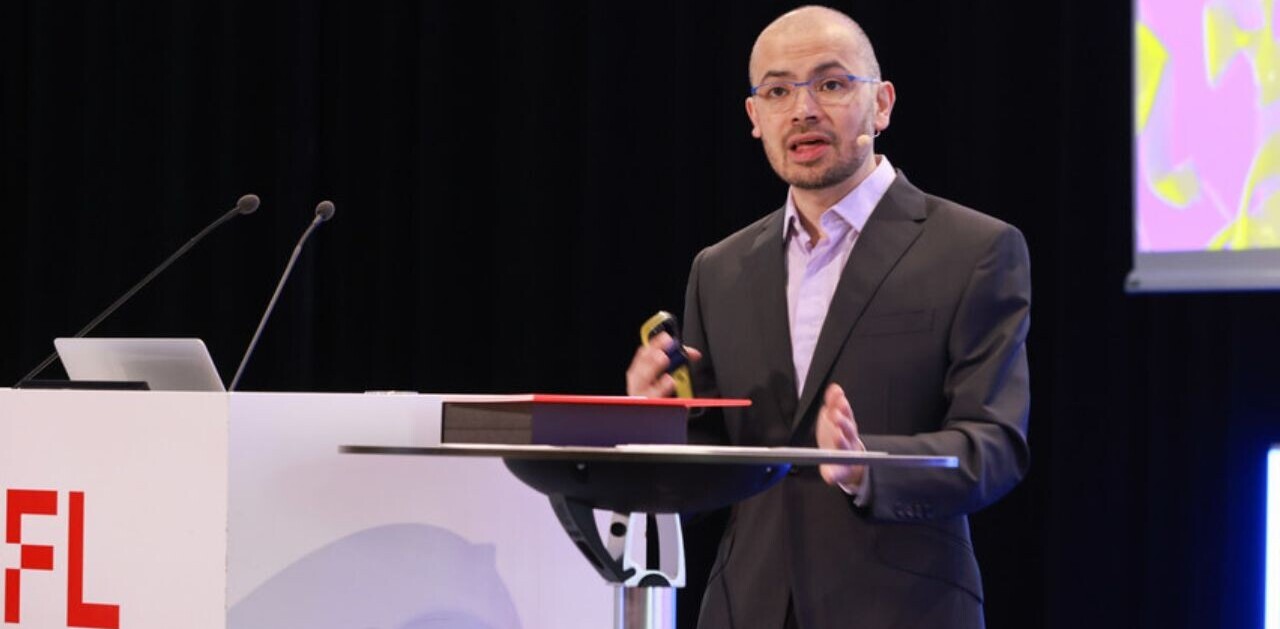
A team of scientists in China recently used what’s essentially the quantum physics version of stage magic to demonstrate just how brittle our concept of reality is.
Abracadabra, you don’t really exist.
Up front: The big idea in play here is called “quantum advantage.” Typically we hear about this in the world of quantum computing. There, quantum advantage is the hypothetical point at which a quantum computer can outperform any existing classical computer at a given task.
Outside of quantum computing, quantum advantage is used to describe a situation where the exploitation of quantum mechanics allows a person or system to outperform a person or system using a classical equivalent.
A team of researchers working with scientists at Nanjing university in China published a pre-print research paper last month indicating they’d found a simple but effective method by which quantum advantage could be demonstrated.
Here’s a snippet from the paper’s abstract:
Quantum advantages have been found in various areas of quantum information processing, from communication and computation to materials and engineering. Such advantages come from quantum resources, which could be entanglement, nonlocality, indistinguishablity, and so on. Quantum games have been widely used to reveal such quantum resources in an operational manner: the players equipped with a certain quantum resource can achieve better performance than those with classical ones.
To demonstrate quantum advantage in the real world, the team used a long-established experiment called the Mermin-Peres game where two players conspire to measure photons.
The players conduct independent measurements of the photons and record their results on a 3X3 grid. Then a judge comes along and picks a spot on the grid. If the players’ both have the same measurement, they win.
It’s a lot more complicated than that (here’s a really good explainer by Science’s Adrian Cho), but the gist is that the rules make is so there’s a mathematical limit to the accuracy any two people could achieve using classical methods.
In the Nanjing experiment, the researchers demonstrated that independent observers measuring quantum entangled matter states could surpass the classical accuracy limit.
This, seemingly, is because the measurements are actually causing the outcomes and not the other way around.
In other words: if base reality existed when it wasn’t being measured, we couldn’t exceed the classical accuracy threshold. But, because the measurements obviously effect the outcome, we can use quantum physics to imitate telepathy. Player one’s measurement is sent directly to observer two, who confirms it with theirs.
Quantum advantage through human pseudotelepathy! How cool is that?
Background: Classical physics explains the rules of the reality we live in. It doesn’t matter whether you’re a physicist or a newborn baby, gravity and thermodynamics affect us all the same way.
That also means we’re all bound by the same probabilities. With all things being equal, we all get a 50/50 shot at calling a coin toss correctly.
But quantum physics is a cheat code for the universe. When scientists started playing around with matter at incredibly tiny scales, they realized the quantum world didn’t exactly follow the rules.
When physicists say things intimating that they believe objective reality doesn’t exist, they aren’t necessarily being facetious.
The fact of the matter is that reality doesn’t hold up to the scientific method.
The Nanjing experiment demonstrates that you could probably use quantum physics to take your base 50/50 chance of predicting the results of a coin toss to full confidence.
If you entangled two coins and secretly measured the first one before the second one hit the ground, you’d already know the outcome.
Of course entangling coins is science fiction for now (though, theoretically, anything in the universe could be entangled under the right circumstances). But quantum psuedotelepathy is apparently quite real.
Neural’s take: As always, we take all pre-print research with a grain of salt. But this seems pretty solid and it’s based on an experimental regimen that’s been around for a while.
Experiments like this make it seem like objective reality as we experience it is quite a small slice of the overall “reality pie.”
We can’t wait to see how physicists will break reality next.
Get the TNW newsletter
Get the most important tech news in your inbox each week.





